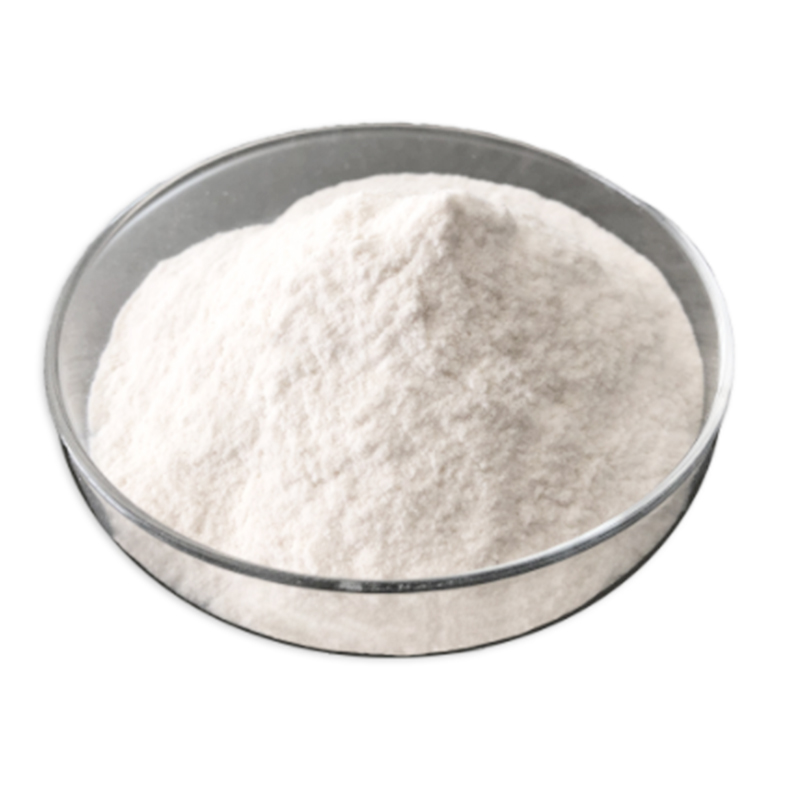tert-Butyl ((3R,5R)-5-methylpyrrolidin-3-yl)carbamate CAS: 1932651-04-1
| Catalog Number | XD93469 |
| Product Name | tert-Butyl ((3R,5R)-5-methylpyrrolidin-3-yl)carbamate |
| CAS | 1932651-04-1 |
| Molecular Formula | C10H20N2O2 |
| Molecular Weight | 200.28 |
| Storage Details | Ambient |
Product Specification
| Appearance | White powder |
| Assay | 99% min |
Trans-4-Amino-1-(tert-butoxycarbonyl)pyrrolidine-3-carboxylic acid is a chemical compound with diverse applications, notably in organic synthesis and pharmaceutical research. Its structure consists of a pyrrolidine ring substituted with an amino group and a tert-butoxycarbonyl (Boc) protecting group on the nitrogen atom.One of the primary uses of trans-4-Amino-1-(tert-butoxycarbonyl)pyrrolidine-3-carboxylic acid is as a building block in the synthesis of complex organic molecules. The presence of the amino group allows for numerous chemical transformations, including amidation, acylation, or coupling reactions, which are central to the creation of diverse compounds with specific medicinal or chemical properties. The Boc protecting group safeguards the amino group during these reactions, preventing unwanted interactions or side reactions.Furthermore, trans-4-Amino-1-(tert-butoxycarbonyl)pyrrolidine-3-carboxylic acid is particularly valuable in the synthesis of peptide-based drugs. Peptides are short chains of amino acids that play crucial roles in biological processes. By selectively deprotecting the Boc group, the compound can serve as an amino acid building block to construct peptide sequences. This allows for the creation of peptide-based drugs, which can target specific molecular targets, such as receptors or enzymes, and modulate various biological pathways. These drugs have shown promise in areas such as cancer treatment, antimicrobial therapy, and hormonal disorders.The compound's versatility also extends to its potential as a starting material for the synthesis of small organic molecules with biological activity. By manipulating the functional groups and stereochemistry of trans-4-Amino-1-(tert-butoxycarbonyl)pyrrolidine-3-carboxylic acid, researchers can create analogs or derivatives with enhanced pharmacological properties. These modified compounds can be screened for potential drug candidates, evaluated for their ability to interact with biological targets, or studied for their mechanistic properties.Moreover, trans-4-Amino-1-(tert-butoxycarbonyl)pyrrolidine-3-carboxylic acid can be used as a reference compound for analytical purposes. Its stable structure and well-characterized properties make it valuable as a quality control standard in pharmaceutical manufacturing, ensuring the accuracy and reliability of analytical methods used to assess the purity and potency of related compounds.In conclusion, trans-4-Amino-1-(tert-butoxycarbonyl)pyrrolidine-3-carboxylic acid is a versatile compound with significant uses in organic synthesis and pharmaceutical research. Its amino acid-like structure and protecting group make it an essential building block for the creation of complex organic molecules, including peptides and potential drug candidates. Ongoing investigations into its properties and modifications will continue to expand its applications and contribute to the development of novel therapeutic agents.


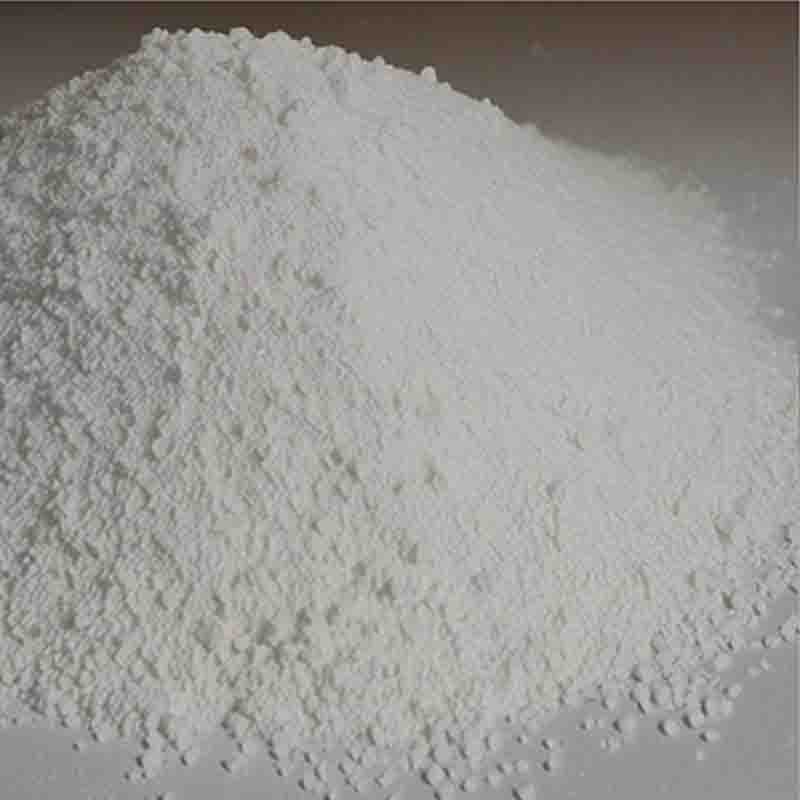

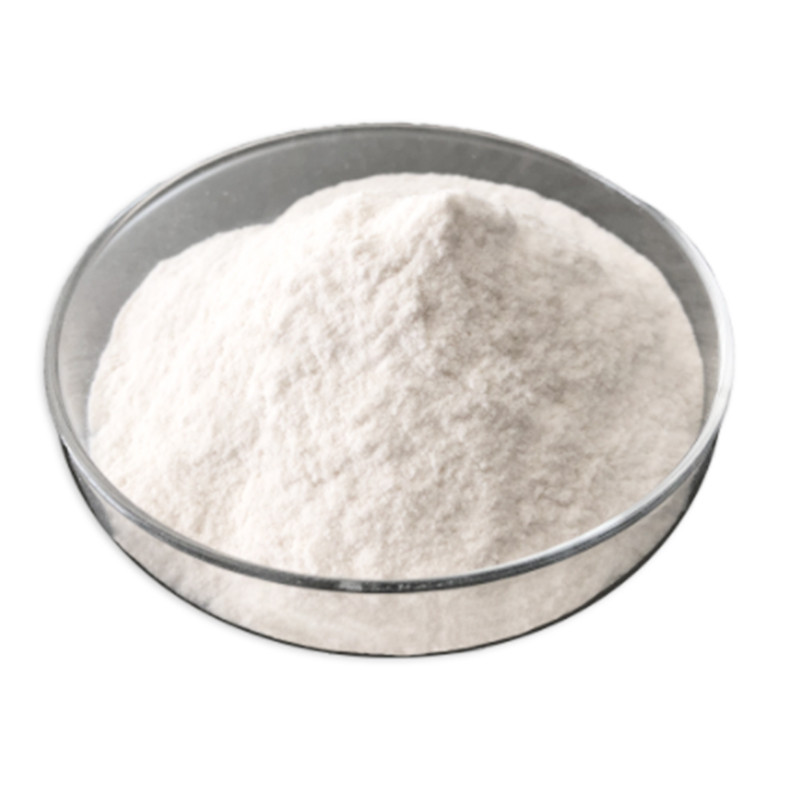
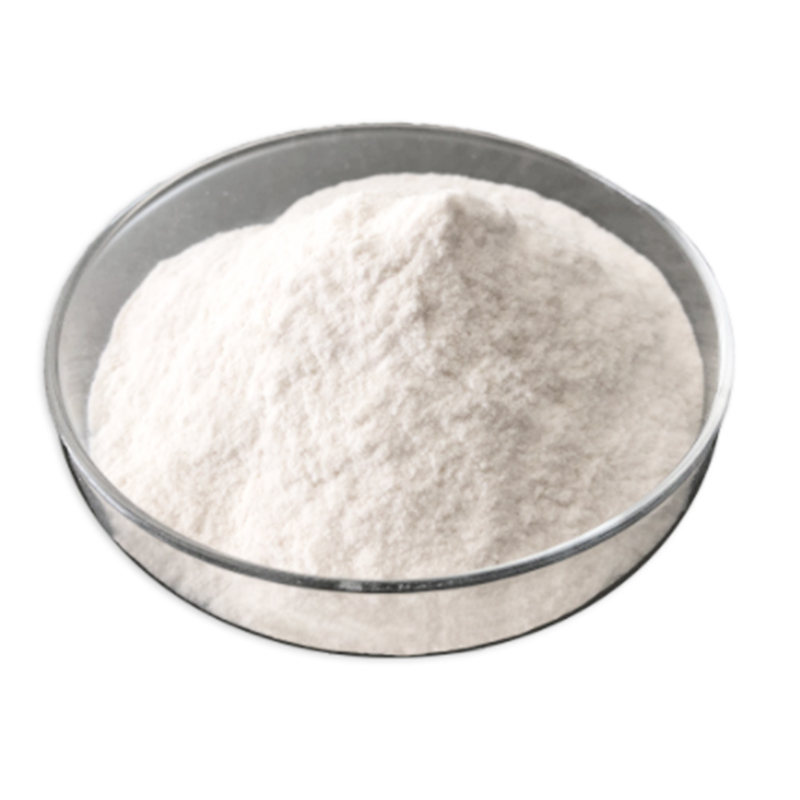
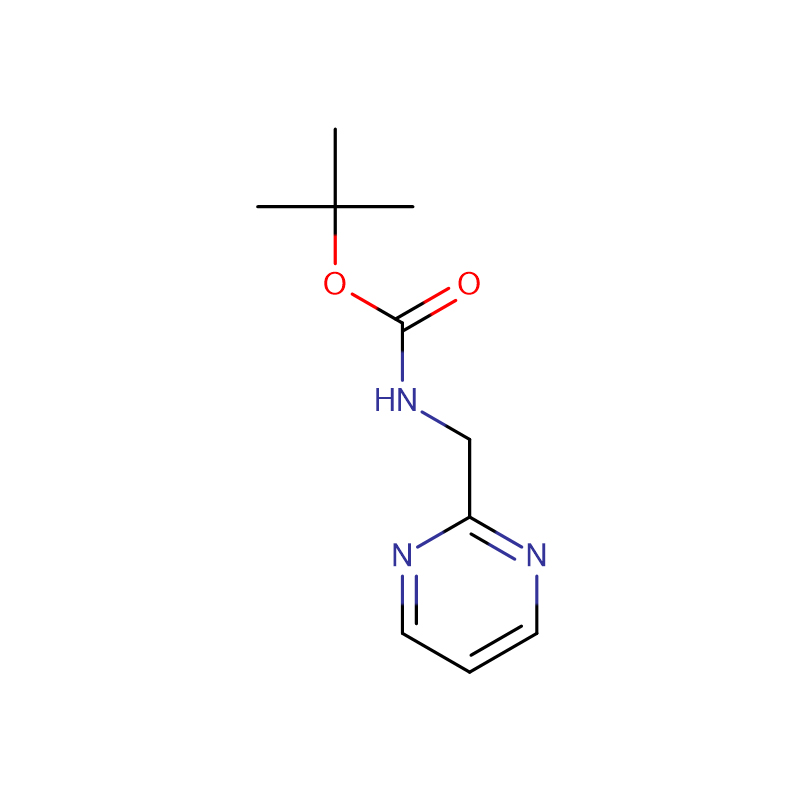
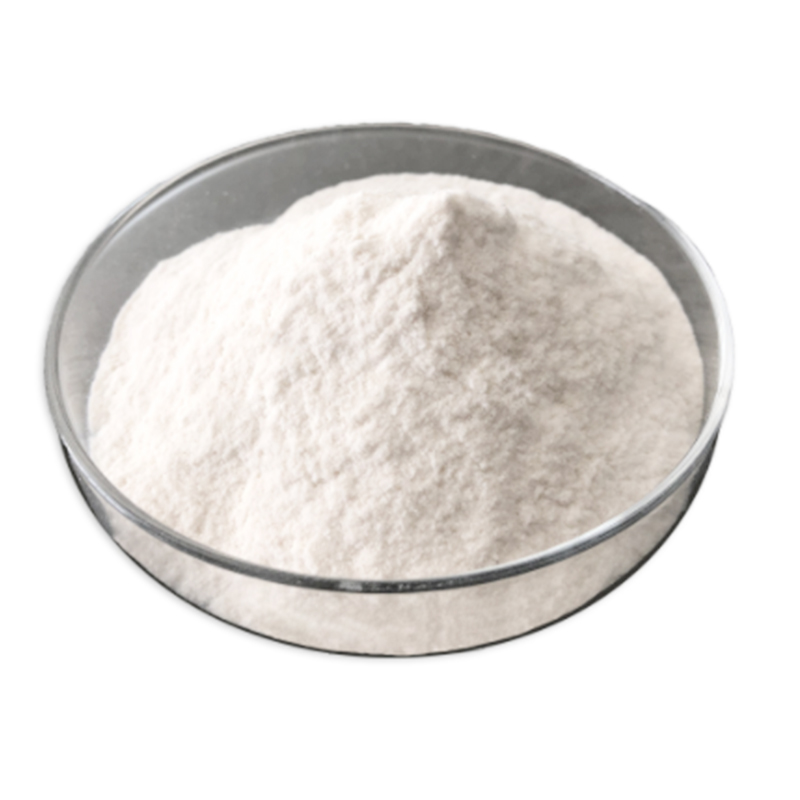
![H-imidazo[1,5-a]pyridin-1-amine hydrochloride Cas: 1519867-88-9](https://cdn.globalso.com/xdbiochems/白色粉末551.jpg)
